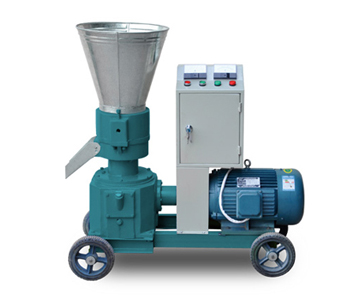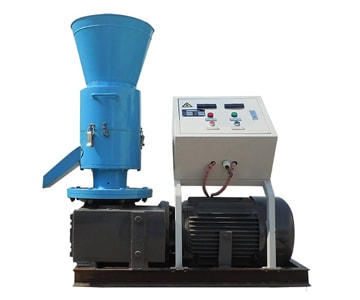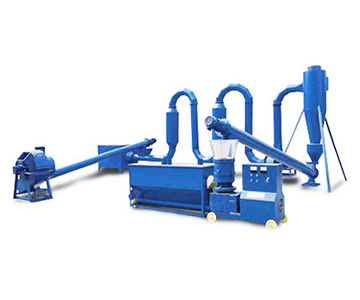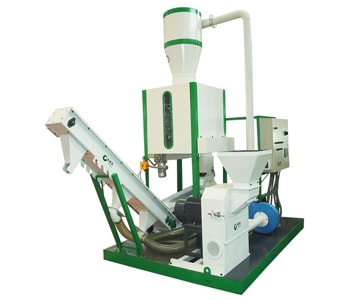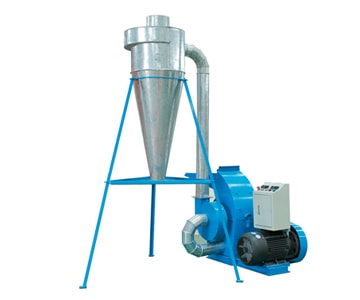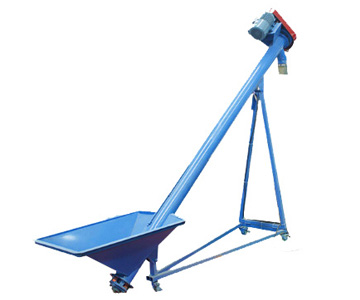What affects the output of feed pellets?
TICO pellet mills can be used to make feed pellets. Feed pellets can be mad of grains, cereals, beans, corns, whey powder, oil and additives. Owing to different properties of raw materials, the feed pellets output is different. It is influenced by the oil, crude fiber, moisture, starch content.
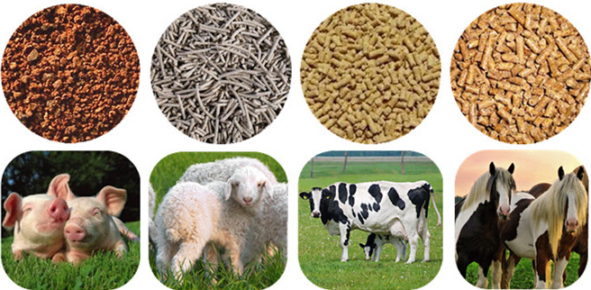
Adding oil
Add a small amount of oil (0.5%~1%) to the raw materials. The oil can reduce the wear of pellet mill parts, and make the raw materials easier to pass through the die holes, so as to increase the output of pellets.
But when added with more than 2% oil, the raw materials will be loose and difficult to form. Therefore, if you want to add high dose of oil, you’d better add 30% of it in the mixing process and 70% in the pelletizing process.
Crude fibers in the raw materials
When the crude fiber content in the raw materials is between 3% and 5%, it will contribute the bonding of raw materials, increase the forming rate, and reduce the breaking rate of pellets.
But if the crude fiber content is more than 10%, its low adhesive force will decrease the hardness and forming rate of the pellets. Besides, it will intensify the mechanical wear of the pellet machine.
Moisture content
High moisture content of the raw materials will affect the temperature rise during pelletizing, and lower the output and quality of pellets. Meanwhile, it will cause the raw materials to slip between the roller and flat die, and block the holes on flat die.
Therefore, the moisture content of raw materials should be less than 13%. If the moisture content is higher than the requirement, you should reduce the steam added in the pelletizing process.
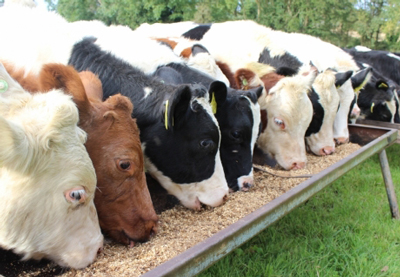
Protein content
Raw materials with high protein content has better plasticity after heating, high viscidity, and high output. But if the raw materials contains high non-protein nitrogen, the feed pellet output is low.
Starch content
Grains contains high starch content. It is easy to form at high temperature and high water content, and the pellet output is high. For tempering, the moisture content should be 16%-18%, and the temperature should be more than 80 ℃. Otherwise, the starch gelatinization degree is poor, the wood pellets will be easy to break or even unable to form.
If the grains have been cured (like dry cone) before tempering, the pellet production will be low. So it is not recommend to choose dried grains.
Heat-sensitive feed
The heat-sensitive feed includes lactose and whey powder. After heating, the viscosity will increase, so that the production increase. But when the temperature exceed 60℃, they are easy to coke and block the holes on die, so that the production declines. Therefore, this kind of feed can be tempered with warm water.
Inorganic feed
Inorganic feed has little adhesion and poor pelletizing performance. Therefore, if the raw materials contains too much inorganic content, you need to add some binders to improve the pelletizing effect, so as to increase the output.
After all, the most important thing is to choose a suitable type of pellet mill according to your needs. Don’t blindly pursue high production. You can start with small-scale production. After having some experience and stable profits, you can enlarge your production scale and purchase more equipment.
TICO is an experienced feed pellet equipment manufacturer and supplier. Our professional technicians will recommend you the right machines.
We receive enquiries in English, Español (Spanish), Русский язык (Russian), Français (French) and العربية (Arabic). Our professional team will reply to you within one business day. Please feel free to contact us!

